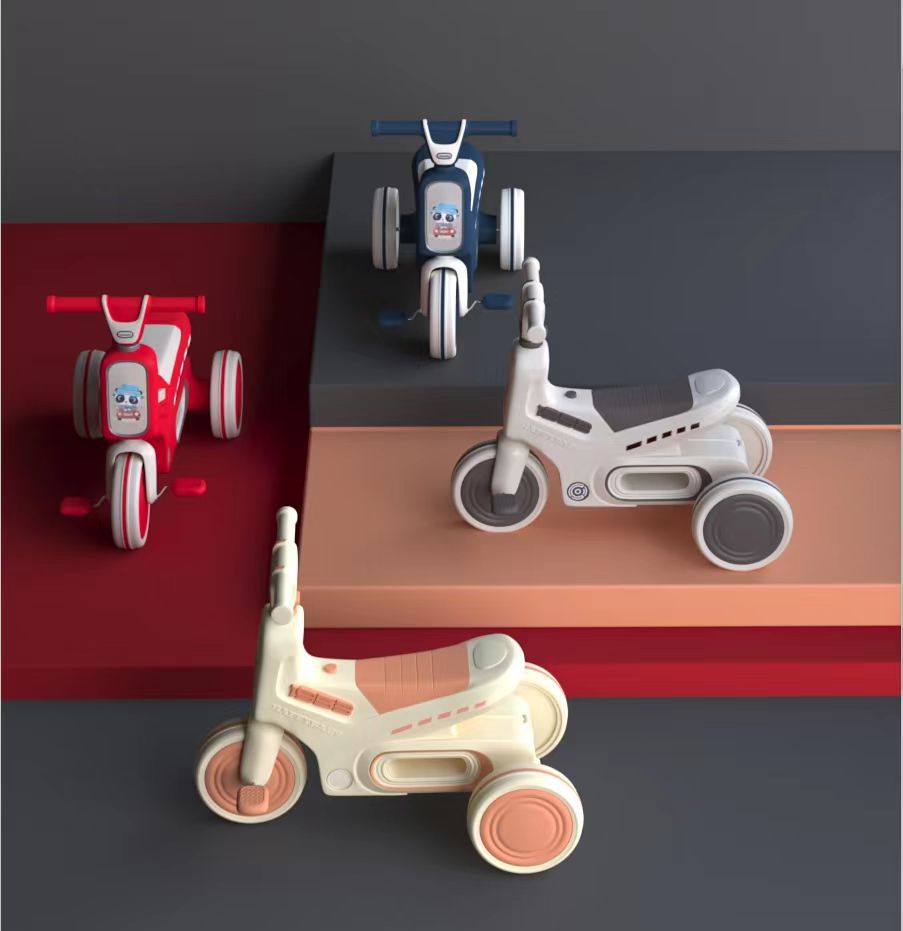mountain bike dimension
Understanding Mountain Bike Dimensions A Guide to Choosing the Right Fit
When it comes to mountain biking, one of the most crucial aspects to consider is the dimensions of the bike. The right size not only enhances your riding experience but also contributes to your safety and comfort on the trails. In this article, we will delve into the key dimensions of mountain bikes, helping you make an informed decision on your next purchase.
1. Frame Size The Foundation of Comfort
The frame size is arguably the most important dimension when selecting a mountain bike. A bike that is too small can feel cramped and may lead to discomfort during long rides, while a bike that is too large can be challenging to control. Frame sizes are generally categorized into small, medium, large, and extra-large, but measurements can vary between manufacturers. To find the right fit, it's essential to consider your height and inseam length. Most manufacturers provide a sizing chart that correlates these measurements with the appropriate frame size.
2. Top Tube Length Maintaining Proper Position
The top tube length is another significant measurement that affects your riding position. A longer top tube can provide a stretched-out position that is beneficial for aggressive riding, while a shorter top tube allows for a more upright position – ideal for casual rides. Your arm length and riding style will play a role in determining the best top tube length for you. Ideally, when you sit on the bike, you should have a slight bend in your elbows and be able to reach the handlebars comfortably.
3. Seat Height and Adjustability Finding the Right Height
mountain bike dimension

Adjustable seat height is vital for mountain biking. Having the right saddle height ensures that your legs are fully extended during pedaling, enhancing efficiency and power transfer. To find your optimal seat height, sit on the bike and have someone measure the distance from the saddle to the pedal while the pedal is at its lowest point. An ideal height allows your heel to rest lightly on the pedal while your leg is fully extended. Many bikes now come with dropper posts that allow for on-the-fly adjustments to help navigate varying terrains effectively.
4. Wheel Size Impacting Stability and Control
Mountain bikes commonly feature wheel sizes of 26, 27.5, or 29. Each size offers distinct advantages. Smaller wheels (26) are lighter and easier to maneuver, making them great for tight trails. Medium wheels (27.5) provide a balance between agility and stability, while larger wheels (29) offer better momentum and stability over rough terrain. The choice of wheel size will depend on your riding style and the type of trails you frequent.
5. Standover Height Ensuring Safe Dismounting
The standover height is the distance from the ground to the top tube of the bike frame. A lower standover height allows for easier mounting and dismounting, which can be particularly valuable in technical trail riding where quick dismounts are often necessary. When standing over the bike, you should have at least an inch of clearance between your body and the top tube.
Conclusion Invest Time in Choosing the Right Dimensions
Choosing the appropriate dimensions for a mountain bike is essential for a comfortable and enjoyable riding experience. By understanding the importance of frame size, top tube length, seat height, wheel size, and standover height, you can select a bike that meets your needs and enhances your performance on the trails. Always remember to test ride several models, and consult with professionals at your local bike shop to ensure that your mountain bike is a perfect fit for you. Happy riding!
-
The Perfect Baby TricycleNewsAug.11,2025
-
Ride into Fun with Bikes for KidsNewsAug.11,2025
-
Ride into Adventure with the Perfect Kids Balance BikeNewsAug.11,2025
-
Fun and Safe Riding with the Best Childrens ScootersNewsAug.11,2025
-
Find the Perfect Childrens Bike for Your Little OneNewsAug.11,2025
-
Explore the Best Baby Tricycles for Your Little OneNewsAug.11,2025
-
Three-Wheel Light-Up Scooter Benefits for KidsNewsJul.11,2025








